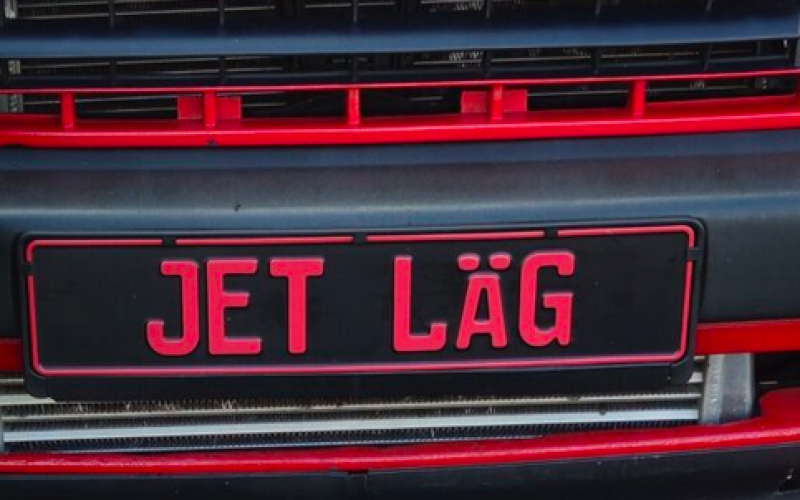
Reading Time: 2 minutesFrankie Dejong always wanted to buy a Volkswagen Jetta, so he decided to put a personalized

Reading Time: 4 minutesA group of students from various programs at Georgian College in Barrie, along with some staff,
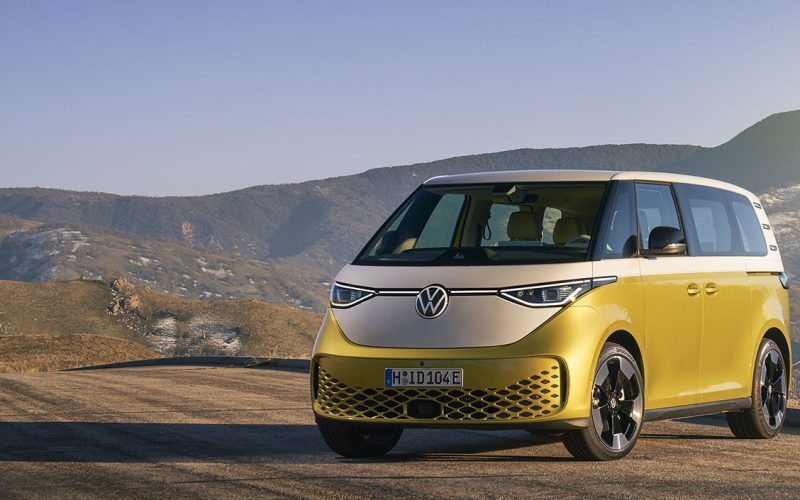
Reading Time: 7 minutesGood news! The VW van is actually coming back, and it looks like this visual blast
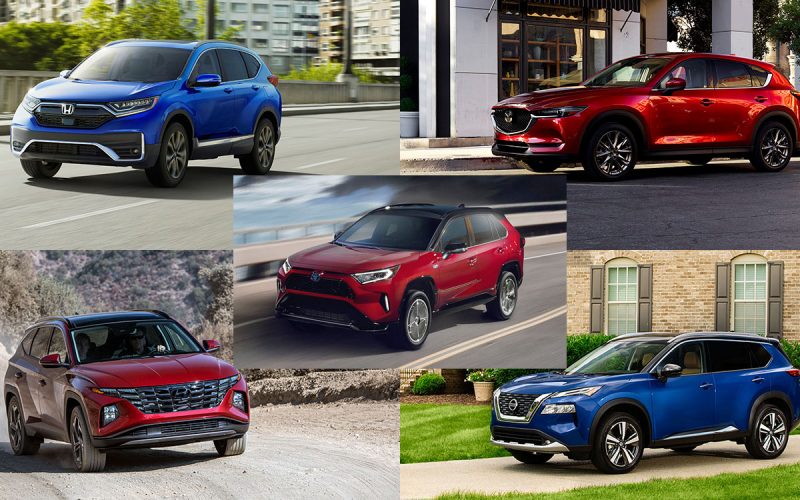
Reading Time: 12 minutesThere’s no hotter segment in today’s car market than the compact crossover SUV. Having started in
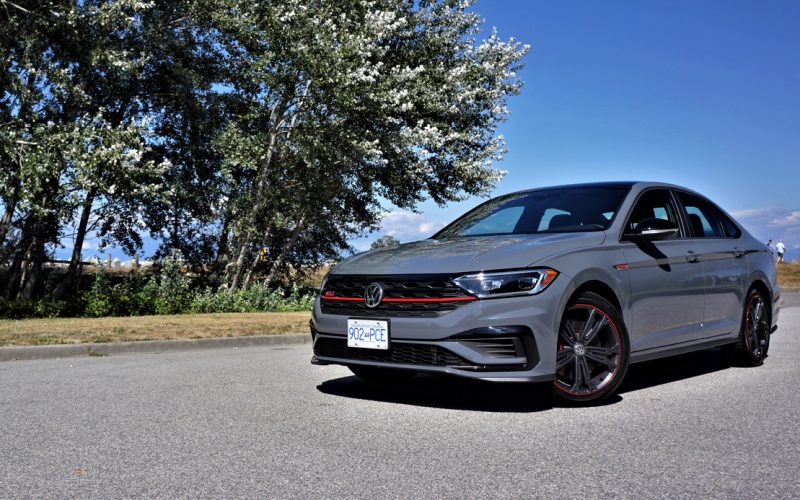
Reading Time: 10 minutesHonestly, other than being rare compared to Honda Civics, Toyota Corollas, Hyundai Elantras and Mazda3s, and
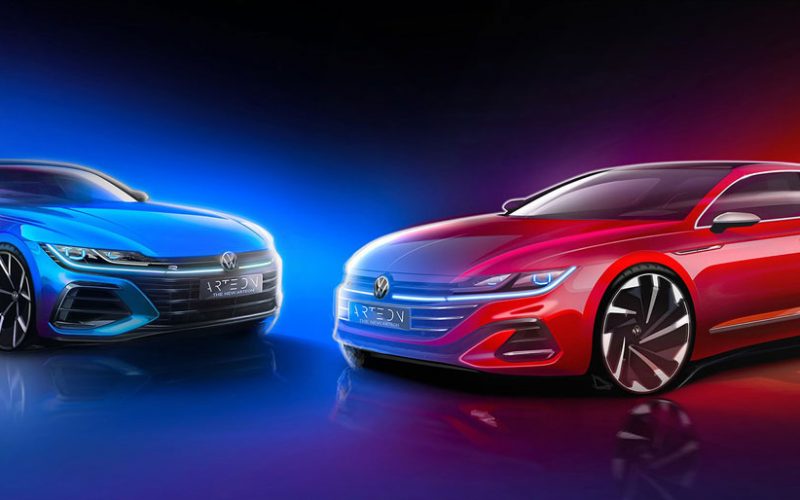
Reading Time: 4 minutesAhead of the 2021 Arteon four-door coupe virtual world première set for June 24th, Volkswagen has
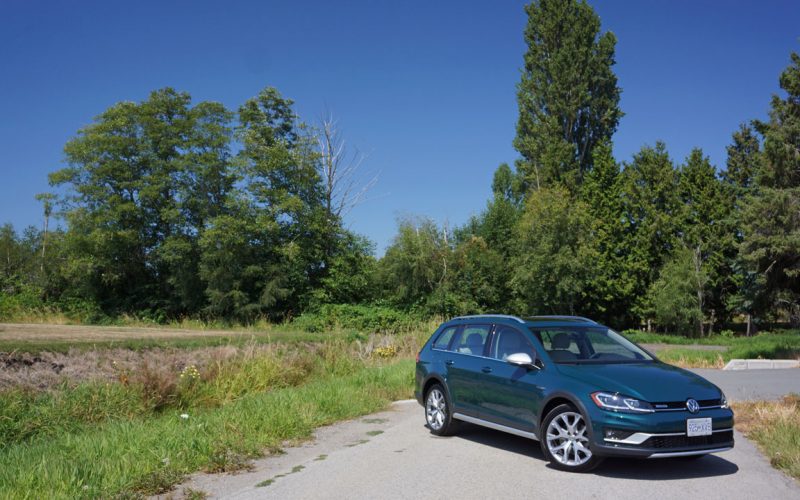
Reading Time: 9 minutesNews flash! Volkswagen has a lot of 2019s still available, including the fabulous Golf Alltrack. Okay,
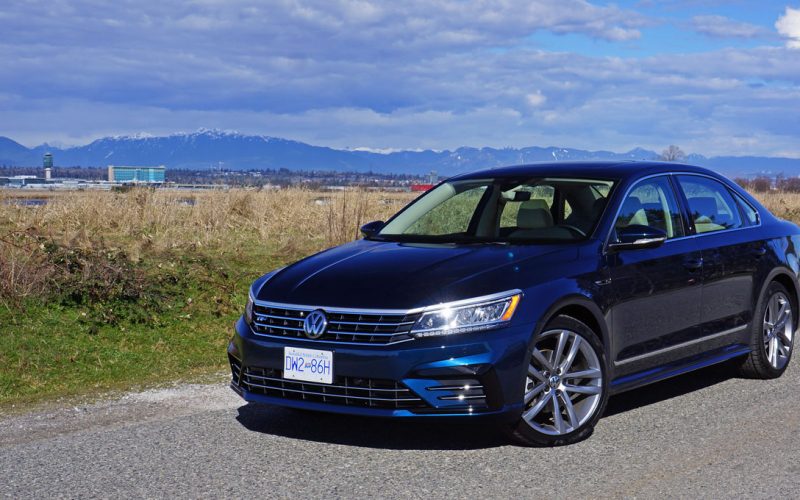
Reading Time: 9 minutesI love it when an automaker makes my job easy. For 2019, which has actually been
© 2025 The Car Magazine. All Rights Reserved, Privacy Policy | Terms of Use